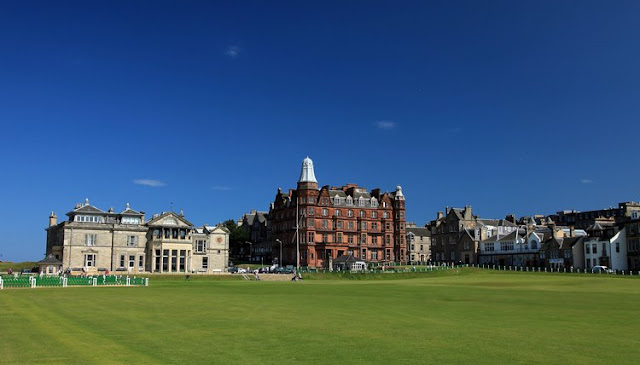The sport of golf in all probability started when a couple of solid Scottish spirits utilized a stick to move a round stone toward a foreordained objective. The specific subtleties have been lost in the fogs of time. Between the 1500s and 1600s, the game turned out to be progressively formalized. Everybody played, from the workers to the world class. Notwithstanding, not every person supported the game. Ruler James II of Scotland figured the young people of his time ought to be increasingly centered around commendable interests, for example, doing battle, instead of sharpening their golf abilities. In 1636, David Wedderburn incorporated the Latin word for "club" in his Vocabula, a posting of terms identified with golf. Additionally included was a term for "golf gap," a basic component for characterizing the cutting edge round of golf.
Antecedents to Golf
While Scotland is credited with being the origin of golf, comparable games were played a lot before. As indicated by GolfNow.com, plume stuffed balls were hit with branches as right on time as the hour of Julius Caesar. The Dutch played a golf match-up of sorts on their solidified waterways, as archived by book representations as right on time as the 1400s. The game was progressively similar to ice hockey and was played with sticks and a ball. It was called kolven. Kolven became kolf, and afterward gawf in Britain. Be that as it may, as per the Scottish Golf History site, there isn't a " generally acknowledged deduction for the word golf." The French and Belgians played a crosscountry adaptation of the game with a ball and a stick.
Early Play
By the 1500s, a game like cutting edge golf was played on the shores of Scotland. The two people took an interest. Indeed, Mary Queen of Scots was scolded for playing the day after her significant other was killed. Rules fluctuated, however by 1744 a lot of 13 standards had been set up and acknowledged. That is a long ways from the present principle book, which is many pages. In 1764, The Royal and Ancient Golf Club of St. Andrews set up that the game should comprise of 18 holes. At that point, that course comprised of 12 openings. Ten of the openings were played once and an extra eight gaps were played again for a sum of 18.
Gear
Early golf clubs are hard to date precisely. By contrasting the strategies utilized with make bows, Troon clubs are accepted to date from the mid seventeenth century or late sixteenth century. The golf ball, which was made of cut wood during the 1500s, segued into the featherie in 1618. The featherie was a cowhide pocket loaded down with wet quills. At the point when the plumes dried the ball got firmer and round. This development removed the sport of golf from the normal man's span in light of the fact that featheries were costly and didn't keep going long. At the point when manufactured metal clubheads opened up, numerous golf players stayed with wood clubs since they harmed the featheries. The gutta percha ball gave the game back to the majority 200 years after the fact. Gutta percha balls were made of elastic, were significantly less costly to create in light of the fact that they could be filled shape and kept going longer than featheries.
Clubs, Courses and Competition
The qualification of being the soonest fairway is credited to the old connections of Musselburgh in Scotland. Scotland's Prestwick Golf Club played host to the principal Open Championship in 1860. By the mid-nineteenth century there were still just 17 fairways on the planet, 14 of them in Scotland.






No comments